Date: June 7-12, 2015
Castellaneta Marina (TA), Italy
Small values of magneto-optical (MO) effects strongly restrict their practical applications and in recent years several topics of photonic researches were targeted on development of new types of small and reliable biosensors. Sensitivity of MO sensors can be enhanced by creating them on base of magnetoplasmonic crystals (MPlC) – combined multilayer structures fabricated of noble and ferromagnetic layers on substrate with certain spatial profile [1-2]. This way can demonstrate that in such systems, it is possible both to enhance the MO activity of the system via surface plasmon excitation, and to modulate the plasmon properties via application of a magnetic field [3].
Magnetic and MO properties of MPC structures, based on embossed substrates with different spatial profiles, and magnetic properties of structures on smooth Si/SiO2 substrates which were created by ion beam sputtering were investigated. Spatial profiles of the MPlC were obtained by atomic-force microscopy (AFM). Magnetic properties were investigated by vibration sample magnetometer (VSM). MO response of the MPlC was measured by setup which consists of the halogen lamp with a monochromator as a light source, Glan-Taylor prism as polarizer and a photomultiplier tube with a lock-in amplifier as detector. The samples were fabricated by ion beam sputtering. Substrates were made of commercial digital discs. The polymer spiral gratings inside the Blu-ray disc and DVD have declared periods of 320, and 740 nm, respectively. First, protective layer of the digital disc’s surface was mechanically removed. Then, metals (Ag and Ni) were sputtered on the polymer gratings with thicknesses from 80 to 100 nm and from 5 to 100 nm respectively. In the end structures were covered by SiO2 layer to prevent oxidation.
The feasibility of creation of the alternating magnetic field sensor based on such structures was demonstrated. It was shown, that the alternating magnetic field sensor can measure the alternating fields with amplitude of 10-6 – 10-4 Oe with relative error smaller than 5%. It is necessary to investigate the properties of the different MPlCs to improve the mean free path of SPP, i.e. sensitivity and accuracy of the alternating magnetic field sensors.
References
[1] Grunin A., Zhdanov. A., Fedyanin A. (2010), «Surface-plasmon-induced enhancement of magneto-optical Kerr effect in all-nickel subwavelength nanogratings», Appl. Phys. Lett. 97, 261908
[2] Belotelov V., Akimov. I, Bayer M. (2011), «Enhanced magneto-optical effects in magnetoplasmonic crystals», Nat. Nanotechnol 6, 370
[3] Grunin A., Chetvertukhin A, Fedyanin A. (2013) «Magnetoplasmonic crystals based on commercial digital discs», J. Appl. Phys 113, 17A946-1 – 17A946-3
VICTOR BELYAEV1, GRUNIN ANDREY2, FEDYANIN ANDREY2, VALERIA RODIONOVA1,3
1Innovation park and Institute of Physics & Technology, Immanuel Kant Baltic Federal University,, Kaliningrad, Russia
2Lomonosov Moscow State University, Moscow, Russia
3National University of Science and Technology “MIS&S”, Moscow, Russia
“International Conference on Applied Mineralogy & Advanced Materials 2015 (AMAM’15)”






















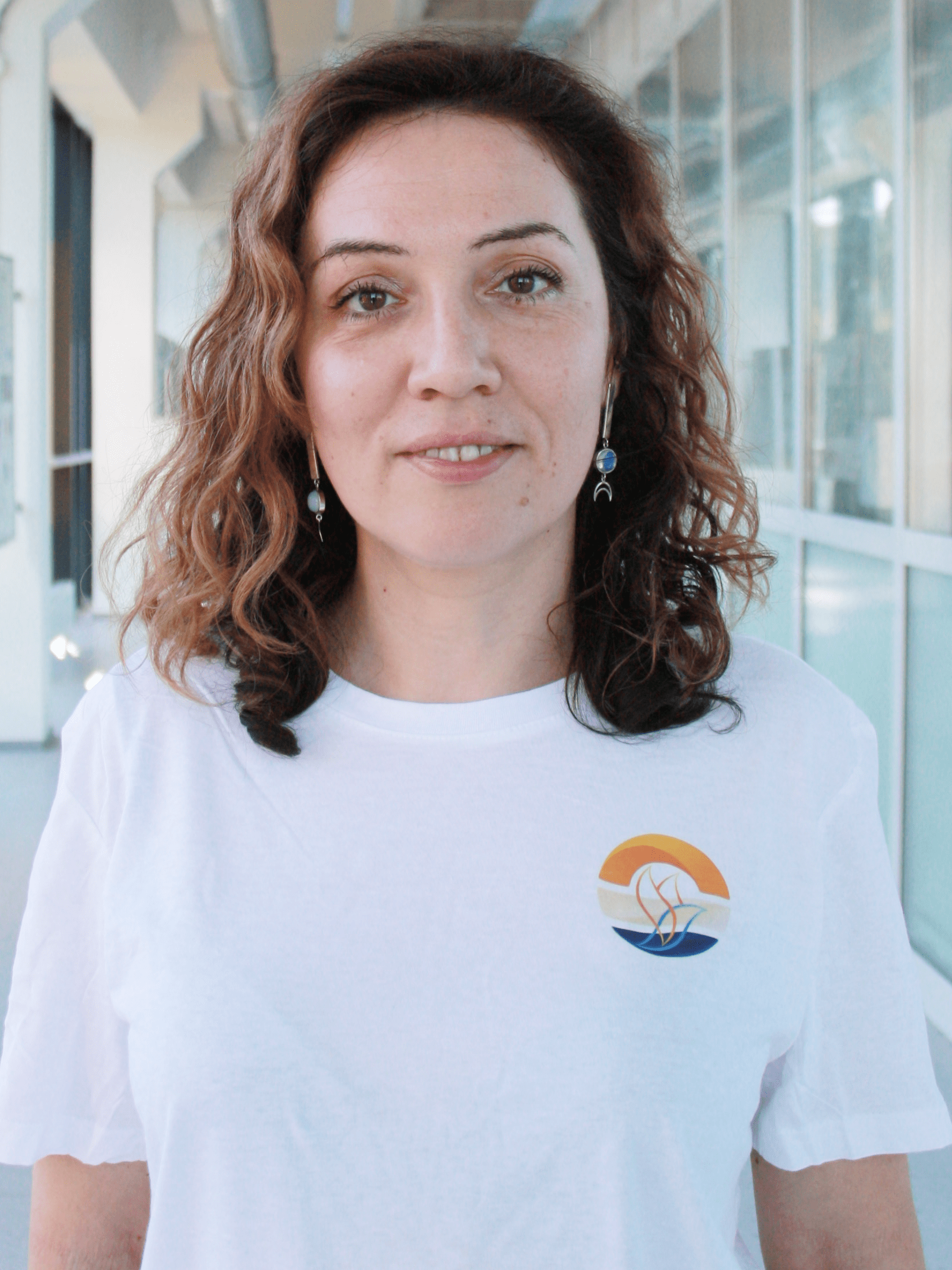
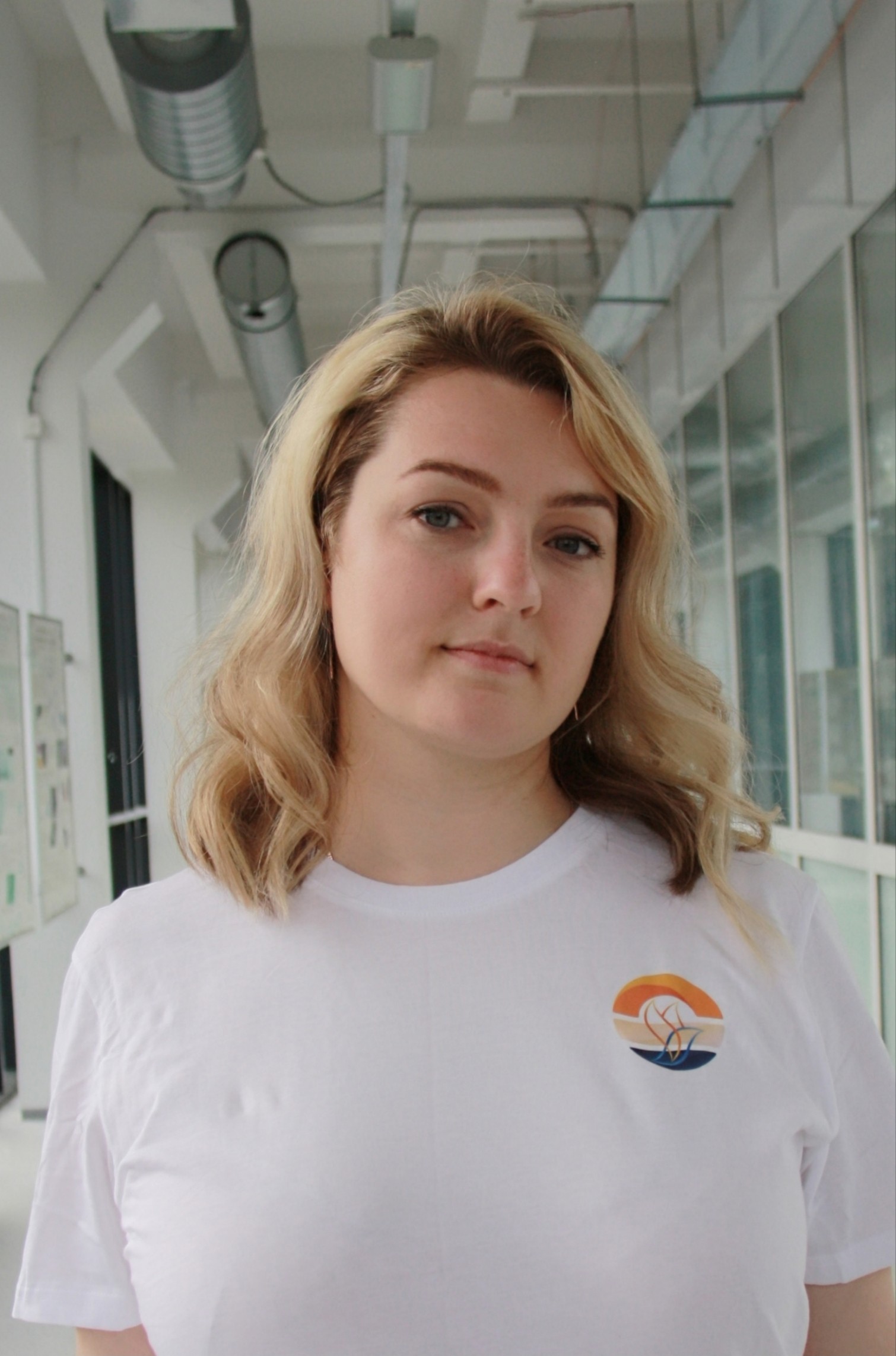





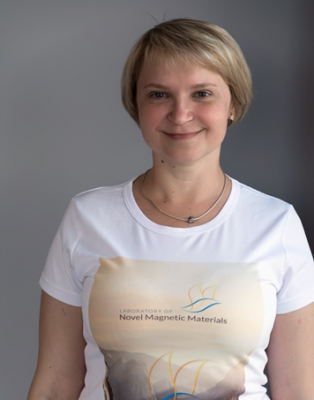





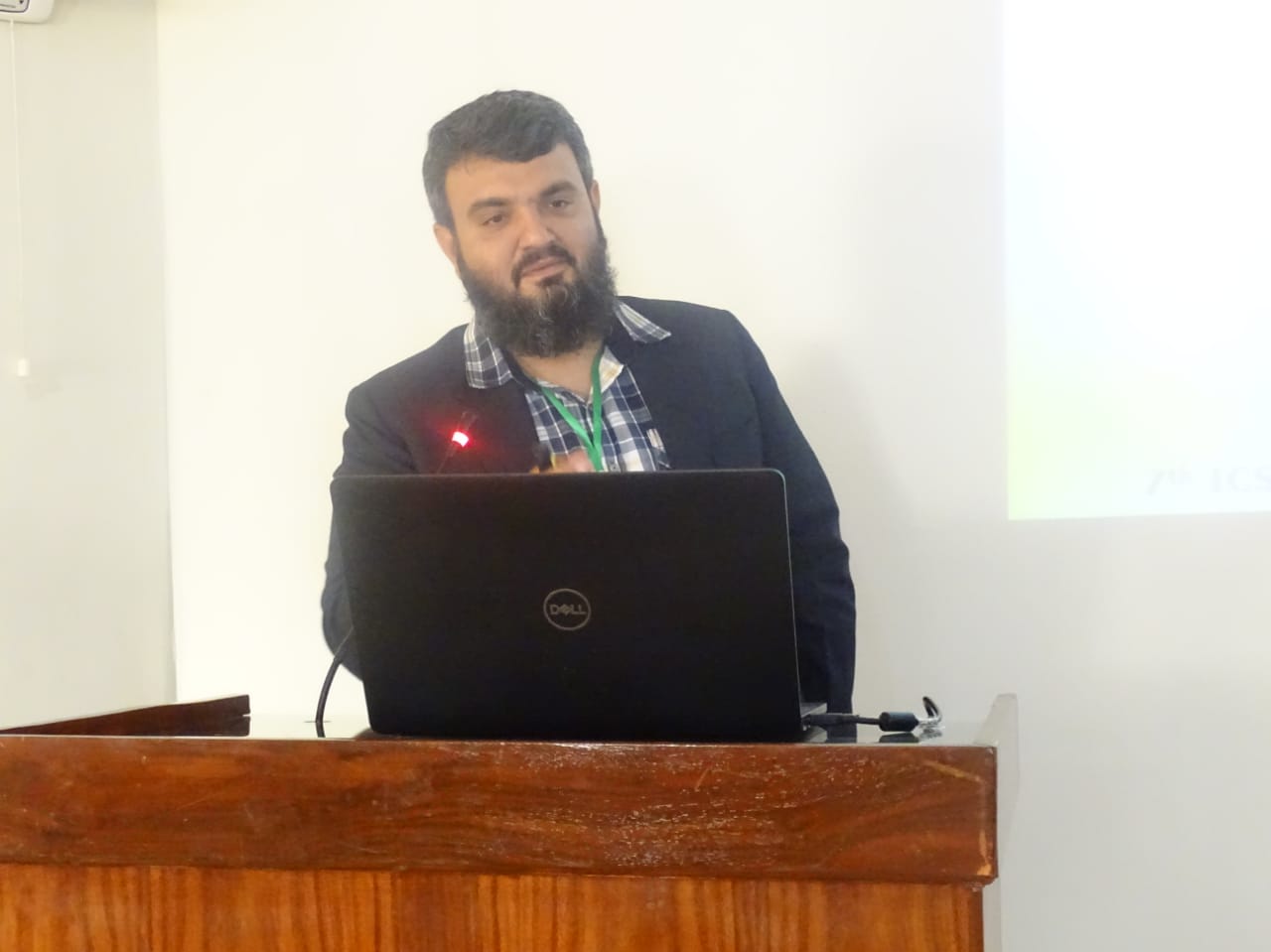
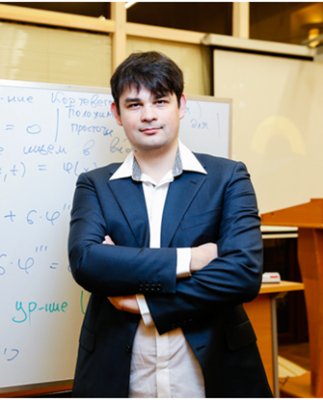






Pingback: Conferences | Laboratory of Novel Magnetic Materials